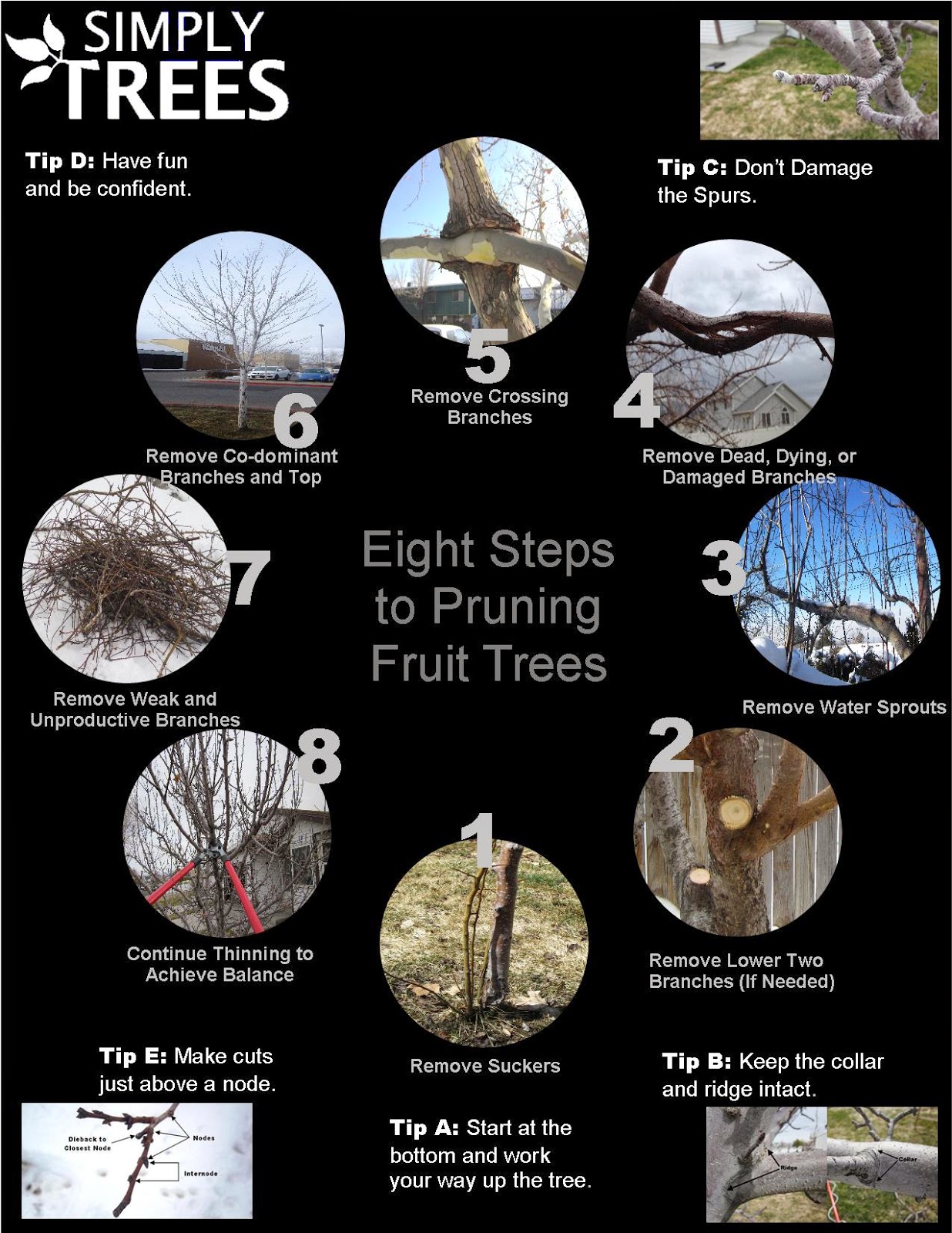Watch For Crucial Indicators That Suggest Your Tree Could Pose A Danger; Recognizing These Can Secure Your Home And Family.What Should You Check Next?
Watch For Crucial Indicators That Suggest Your Tree Could Pose A Danger; Recognizing These Can Secure Your Home And Family.What Should You Check Next?
Blog Article
Created By- How To Prune A Braided Hibiscus Tree
When it comes to tree care, acknowledging the indications that it's time for elimination is necessary for your safety and residential property. You may observe tarnished fallen leaves, wilting branches, or odd fungal growths suggesting health issue. Architectural problems, like a substantial lean or splits in the trunk, can also present threats. Comprehending these warning signs can help you make notified decisions concerning your trees and prevent possible dangers hiding in your backyard. What should you look for next?
Signs of Decay and Condition
When you observe indicators of degeneration and illness in your trees, it's crucial to act swiftly. Look for blemished fallen leaves, wilting branches, or uncommon growths like fungus. These can show that your tree is struggling.
If you see cracks in the bark or soft, mushy timber, these symptoms recommend interior degeneration. Additionally, an unexpected increase in pests around your tree can signify that it's weakened and prone.
Check for any type of dead or passing away arm or legs, as they present a risk to your residential or commercial property and safety and security. If you're uncertain about what you see, speaking with an arborist can supply clearness.
Addressing these indications early can save you from a lot more considerable damage and ensure the wellness of your yard. Don't wait until it's far too late.
Structural Instability and Leaning
As you observe your trees, watch out for any type of indications of structural instability or leaning. If a tree leans dramatically, it might suggest that the root system is endangered.
Try to find any type of fractures in the trunk or dirt around the base; these can signify possible failing. In addition, look for unusual growth patterns, like a lopsided crown, which may suggest that the tree is having a hard time to hold itself upright.
If you notice that the tree leans toward your home, high-voltage line, or various other structures, it presents a higher risk. Do not disregard these signs-- seek advice from an arborist to evaluate the circumstance.
Doing something about it early can prevent pricey damages and guarantee your security.
Dead or Perishing Branches and Foliage
If you observe dead or dying branches and foliage on your tree, it's a clear sign that something's wrong.
These harmful areas can indicate underlying issues like condition, pest invasions, or ecological tension. When branches shed their leaves or transform brownish, they're no more adding to the tree's health and wellness. Neglecting these indications can lead to further decline, making your tree more harmful.
Dead branches can easily break short throughout storms, posing a risk to property and individuals nearby. It's crucial to analyze the extent of the damages.
If the problem influences a substantial part of the tree, think about consulting a specialist. They can aid identify if removal is essential to guarantee safety and keep the appeal of your landscape.
Verdict
If you discover any type of indications of decay, structural instability, or dead branches on your trees, don't overlook them. These signs can present major safety and security risks to you and your residential property. It's always best to speak with a specialist arborist that can offer a specialist analysis of your trees. Doing something about it early can stop crashes and expensive damages, guaranteeing your landscape remains risk-free and healthy. Remember, it's far better to be aggressive about tree treatment than to wait on a disaster to occur.
